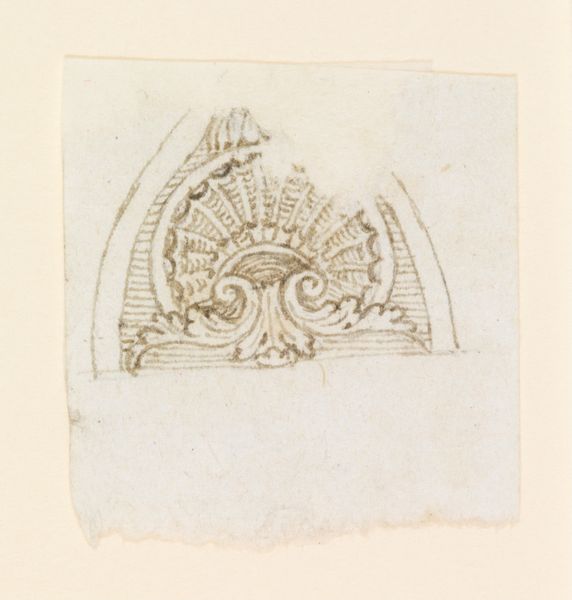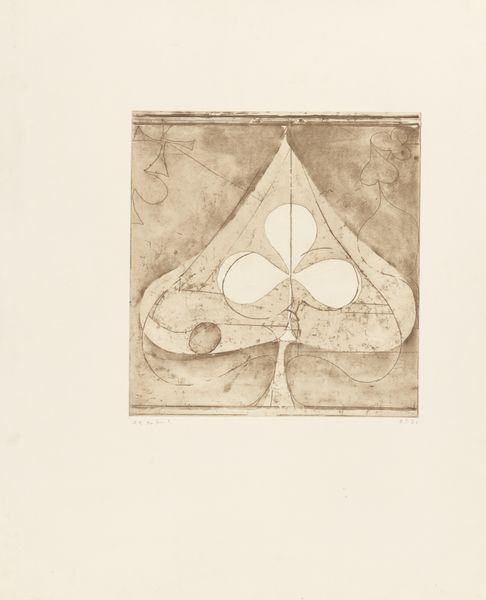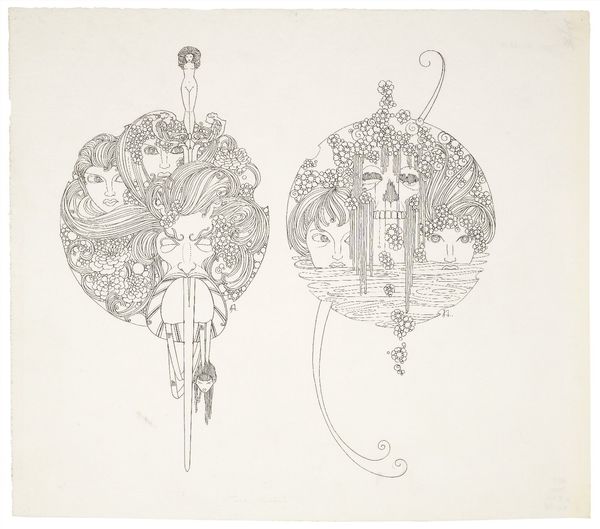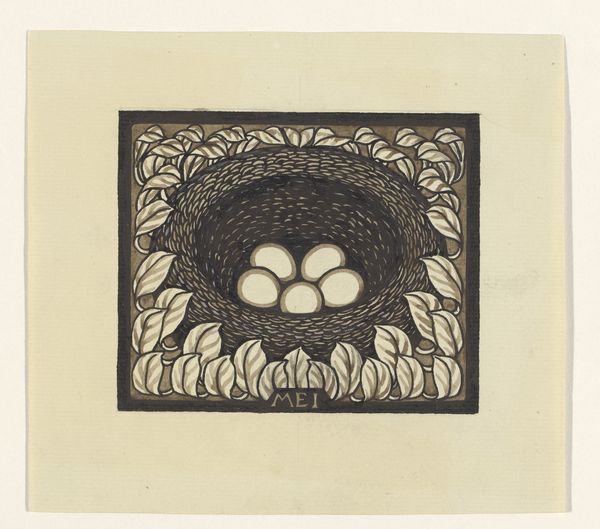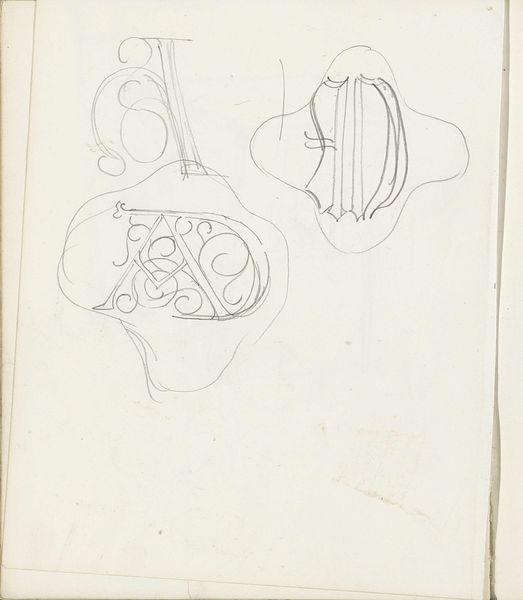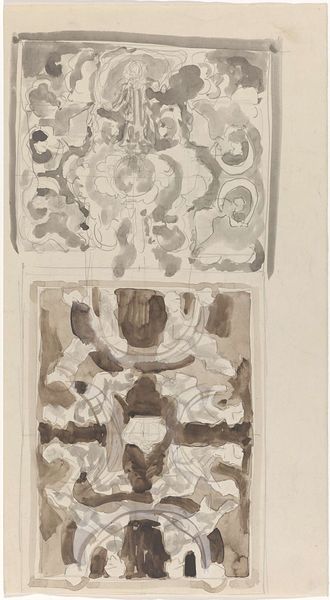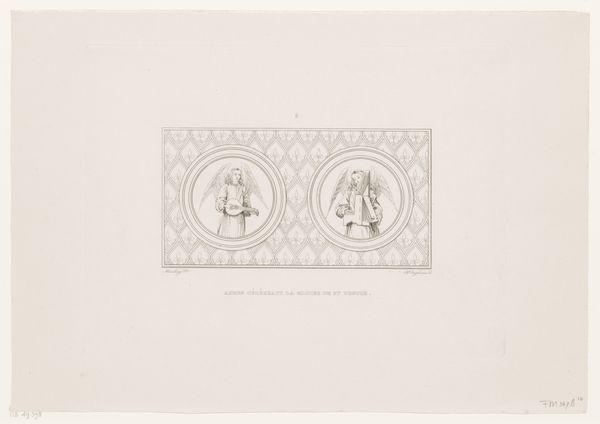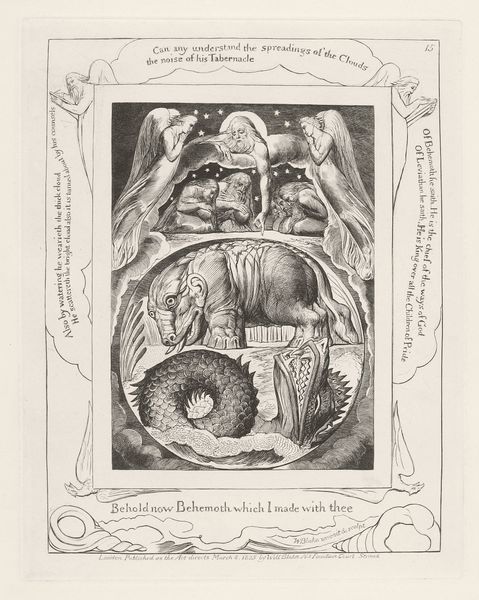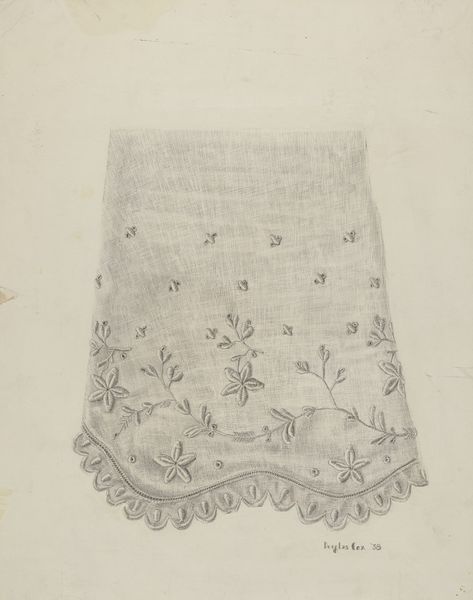
drawing, pencil, wood
#
portrait
#
drawing
#
medieval
#
pencil
#
wood
Copyright: Public Domain: Artvee
Curator: Here we have Adolph Tidemand's pencil drawing from 1867, titled "Bakside av brudestol, Bergen museum," depicting the back of a bridal chair housed in the Bergen Museum. What’s your immediate reaction to it? Editor: I find it immediately striking. It’s a study of something old, rendered in a medium that feels so… contemporary. It has such austere beauty in its linework and geometry; it feels reverent. Curator: Tidemand's piece is quite interesting when we consider the context of 19th-century Norway. There was a growing interest in national identity and historical roots. Representing vernacular artwork offered an authentic alternative to the styles imposed by academic art institutions, giving local craftsmanship space in society. Editor: Absolutely. And it's filled with potent images. We see on each side some zoomorphic carvings. On one, what looks like a serpent or dragon-like figure biting into itself, and on the other, what could be a bird with a human face clasping a ribbon or banner. Curator: I see those choices through the prism of history. The wooden bridal chair and those zoomorphic figures speak to earlier Medieval traditions. These provided accessible icons from the past to a public keen to legitimize and locate a national aesthetic distinct from the art academies of other European countries. Editor: Right, so it becomes less about simply the act of recording an object and more a conscious declaration. Each animal may represent more than what it literally shows. Serpents, for instance, are powerful symbols across cultures and mythologies of death and rebirth. The bird figure might represent knowledge or the soul. These icons gain deeper layers when placed into this moment. Curator: That is a wonderful reading. Beyond just form, Tidemand is reaching into a wellspring of historical meaning and emotion tied directly to a newly formed and rapidly evolving national identity, which makes it much more than simply a historical record. Editor: Indeed. Looking closer, I am noticing how the artist, even within such restraint in style, is pointing us to very powerful symbols, using simple shapes and contours that seem deliberately stark to echo the cultural impact they held on their own time. Curator: That's what is captivating about it, I feel. While seemingly simple in form, Tidemand is doing far more than simply portraying an object. He is giving us the history of a chair. Editor: He captures something primal. It is as if you can see centuries of symbolic weight carved into that wood. It resonates even now.
Comments
No comments
Be the first to comment and join the conversation on the ultimate creative platform.

